|
I talked a little about Knowledge Bomb yesterday and I thought that perhaps today would be a good day to show the kind of stuff I like to share with that. Please keep in mind that none of the things I share are meant to make anyone feel bad or foolish, only to inform and possibly dispel misinformation. I feel like too often we see something that gets meme-ified and we adopt it as we perceive it without doing any work to verify what it is. And, for me, that's the research equivalent of getting a tattoo of "soup" on your arm and thinking it says "peace." Today I want to talk about two cultural images, both from roughly the same time period but who's cultural impacts took different lengths of time to manifest: "Rosie the Riveter" and "Keep Calm and Carry On." I think it's important to understand the background behind these images, rather than simply accepting what you see of them on shirts at Hot Topic. Please understand I am in no way devaluing or shaming the interpretations that people have made of them in since their inceptions, but it does feel a little off. First, let's take a look at Rosie. The first thing you need to know is that THAT is not Rosie the Riveter. This is. By Source, Fair use, https://en.wikipedia.org/w/index.php?curid=22515434 While that first image has often been called Rosie the Riveter, the depicted character has no actual name. And as far as her job, she was more than likely not riveter as factories she was displayed in produced plastic helmet liners. The poster was part of Westinghouse Electric's internal war propaganda to motivate workers. She had two weeks on the wall of a factory and then was switched out for other works by the same artist, like these. The piece was never intended to spur more women to join the workforce, but rather to encourage both male and female workers at the Westinghouse facility to keep doing their best amid fears of labor unions and worker strikes. "Rosies" did become a generic term for women in the workplace, helping the war effort, and there was significant encouragement for women to join the workforce, but the "We Can Do It!" poster had little to do with it. Mostly, it came from a song at the time titled, you guessed it, "Rosie the Riveter." Lastly, let's talk about this little sign right here. I can't tell you how many times I've seen this thing on t-shirts, posters, and all kinds of merchandise. While I can see a certain way of thinking that doing stuff like this eases the horror associated with this image, I can't help but think that most companies (and people that purchase the merchandise it's printed on) didn't think about the image history at all. This poster exploded into the cultural zeitgeist a few years back and now it's slapped on everything! But what does it mean? Where did it come from? Well, despite the cuddly cats and mountains of chocolate used to sell merchandise with this logo on it, the actual origins are quite dark. Like, Nazi dark. You see, back in World War II, the war wasn't going so well for England. We know that France had fallen was occupied by Nazi Germany. The citizens all had to continue their jobs, making the country work, all knowing that their Nazi occupiers were constantly watching. Well, England was preparing for that same fate. They were so close to losing that they printed up a huge batch of these signs, ready to post them everywhere. They were preparing for Nazi occupation and knew that they had to encourage the people that despite the loss, they had to continue on with their lives. Keep Calm and Carry On. It's a very British way of handling the situation. It an acceptance that Nazi Germany beat you, that they occupied your country and were in charge, but that didn't matter. You were British and that meant you kept a stiff upper lip. You kept calm. You carried on. This poster the third and final poster in a set of motivational propaganda for British citizens. The first two focused on being brave and remembering that your freedom depended on your courage. The third poster, Keep Calm, was intended only to be deployed when the Germans invaded Britain. As that, thankfully, never happened, the government never put them up and, in fact, tried to destroy them all. Much like "Rosie," though, a cache was stumbled upon decades later and, well, the rest is history. If you like flexing while declaring that you "can do it!" or enjoy watching your Minion "Keep Calm and Eat Bananas," I'm not here to say that's wrong. I'm not here to tell you to stop. I just think it's important to understand the history of these symbols and where they came from. I think it's important, not only as writers (who should really know the history of something if they want to write about it) but as human beings in general. There's nothing wrong with interpreting these messages as hopeful, inspiring, or really however you want. But it's my feeling that we should never take things at face value, that we should seek to see where things come from, what their original intentions were, how someone might be trying to twist it to sell us something. Be Excellent to Each Other. Citationshttps://www.jstor.org/stable/41940102?seq=1#page_scan_tab_contents https://www.keepcalmandcarryon.com/history Heyman, Therese Thau (1998). Posters American Style. New York: National Museum of American Art, Smithsonian Institution, in association with Harry N. Adams, Inc. p. 106. ISBN 978-0-8109-3749-9. http://news.bbc.co.uk/2/hi/uk_news/magazine/7869458.stm And of course, Wikipedia.
0 Comments
Leave a Reply. |
Matias TautimezKeep your eyes open for my debut novel, The Paladin. Archives
January 2023
Categories |
About the Author |
Contact |
|

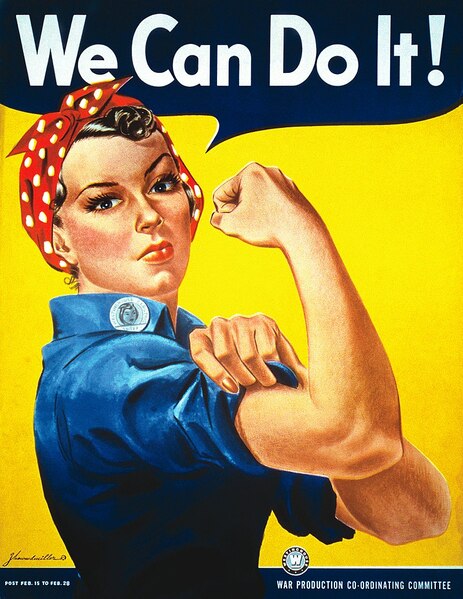
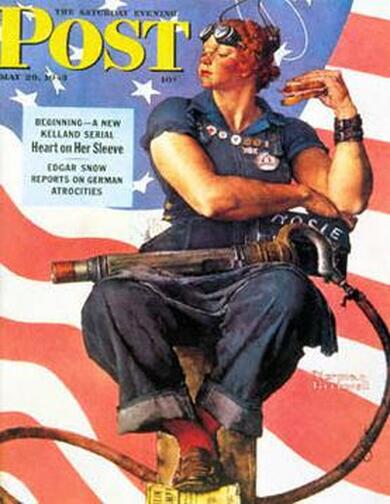
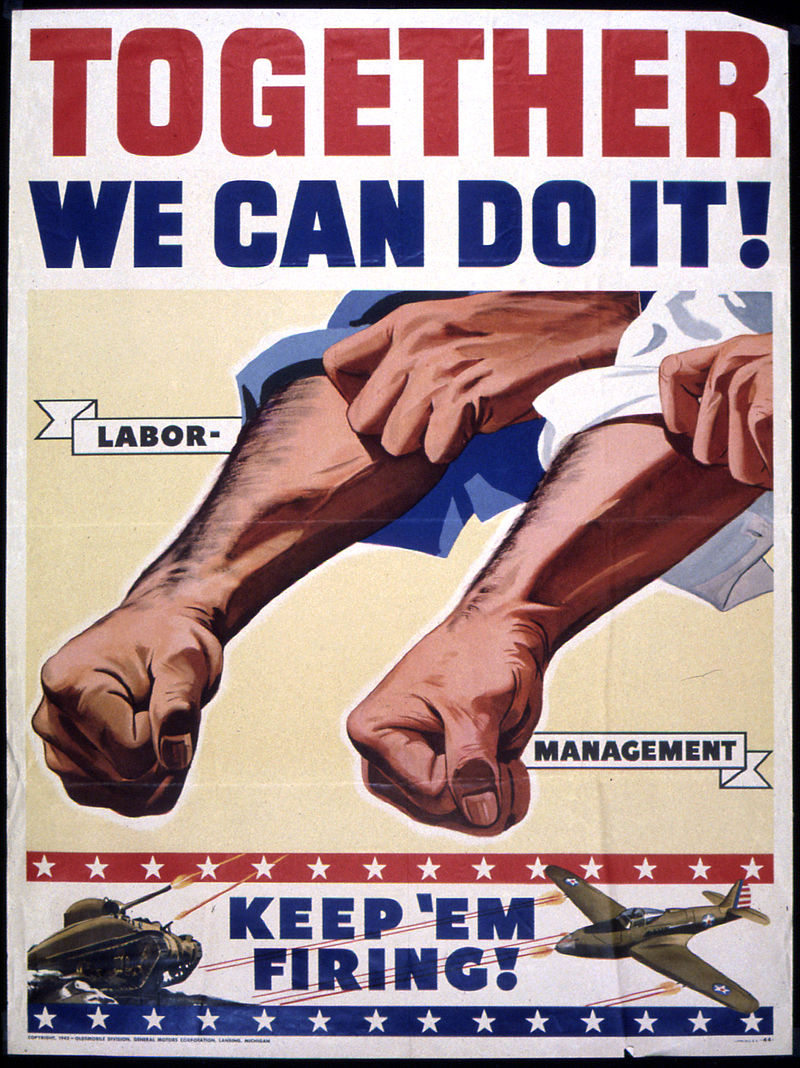
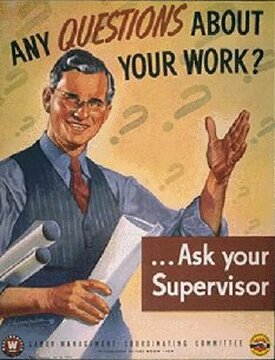
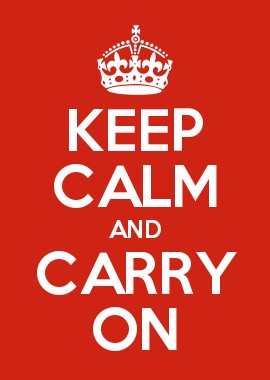
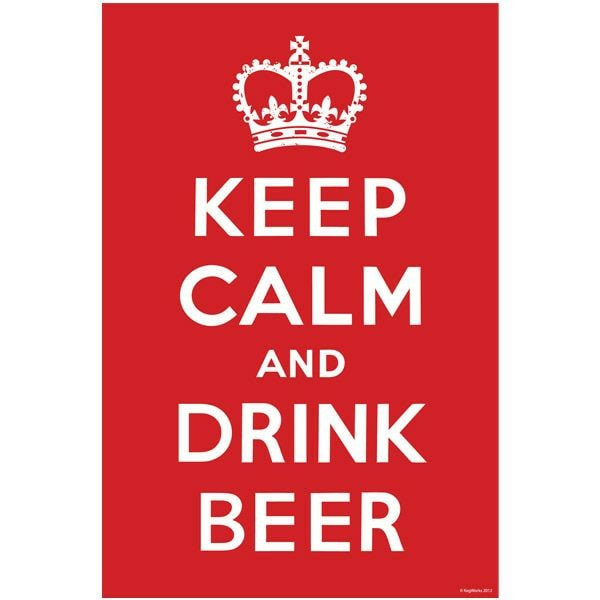
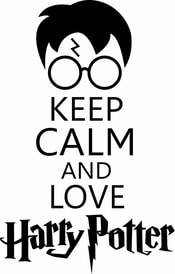
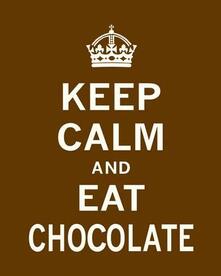

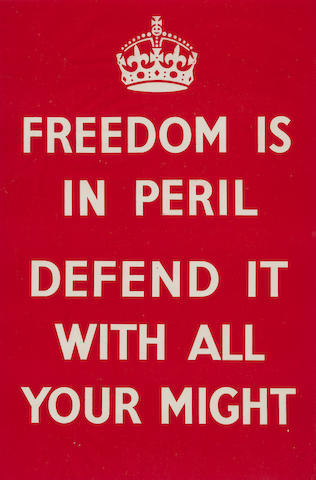
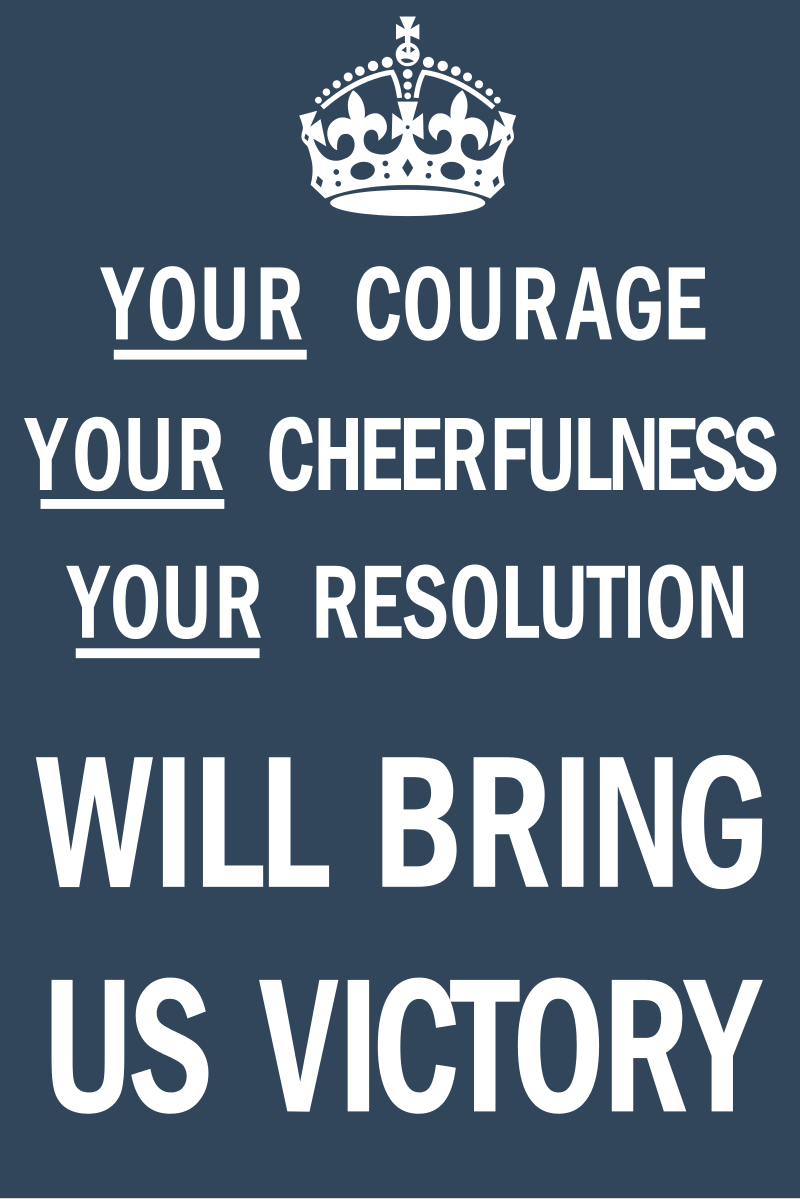
 RSS Feed
RSS Feed